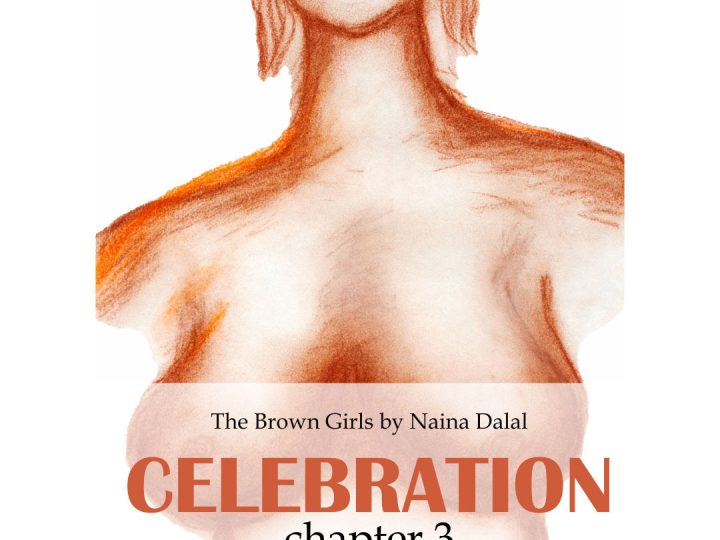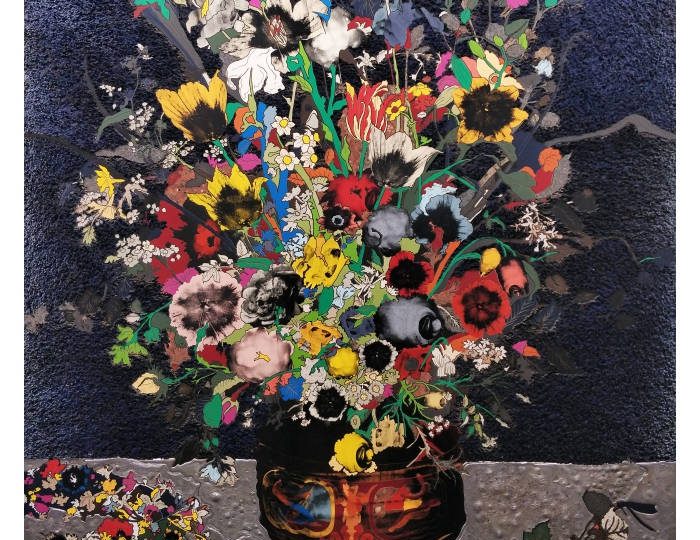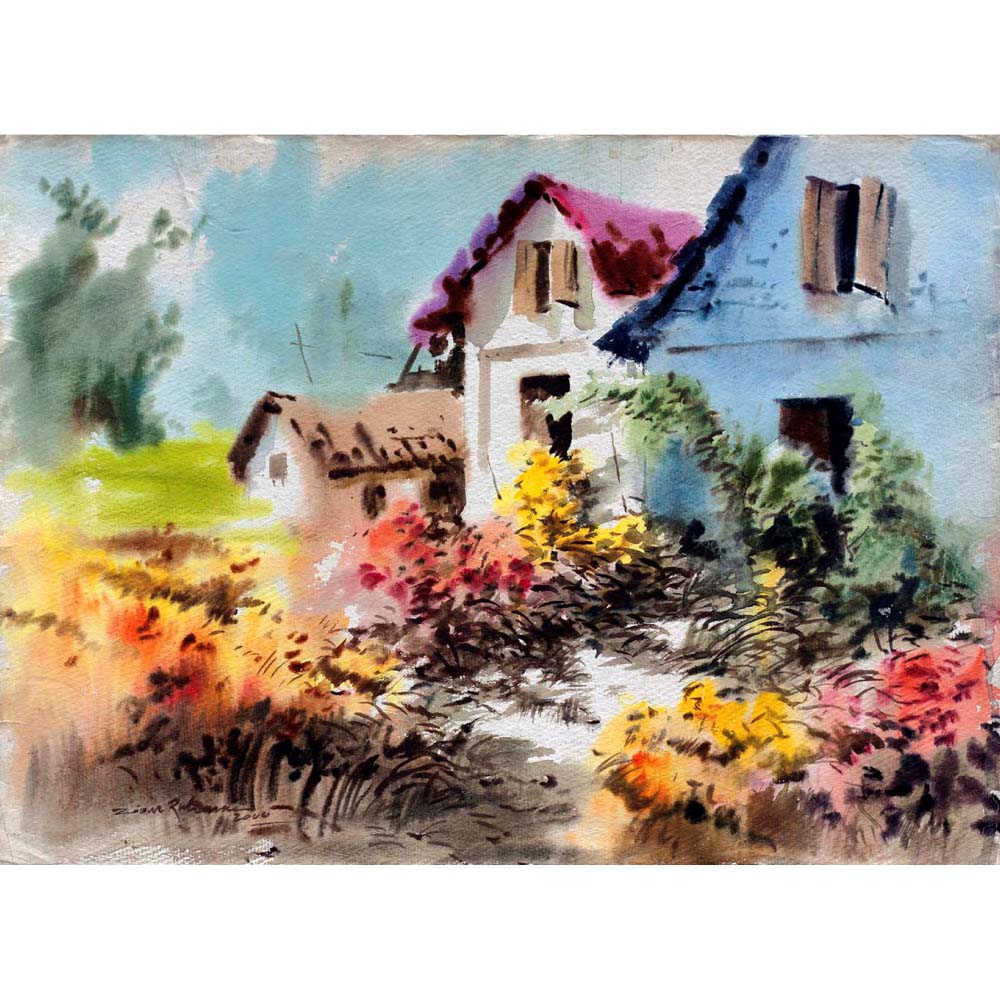
Jiaur Rehman
Atmosphere, light, shades, colours and expressions have a major influence over a watercolour painting. Going in detail, while buying a watercolour it is very important to check and discuss with the gallery or curator the below observations while buying or appreciating, collecting or researching. Each work has its unique quality and the things needed to ask below depends on the subject, style, technique.

Amit Ambalal in his studio
My primary guidance for a novice collector is to have
- A dialog with the artist, curator and gallery and understand how the artist has painted it, the story behind and the struggle to create it. The exhibition titled “The Shape of Water” is the result of a similar approach.
- Understanding what goes on in the mind of the artist when he paints and why a particular piece of art you need to collect as a passion, as décor and as long-term investment is very important. It helps you decide quicker about what to buy and what not to collect.
- For a collector it is very important to be satisfied with what he is buying.

Jayesh Shukla
The understanding of collection can be divided into two parts
- Macro
- Micro
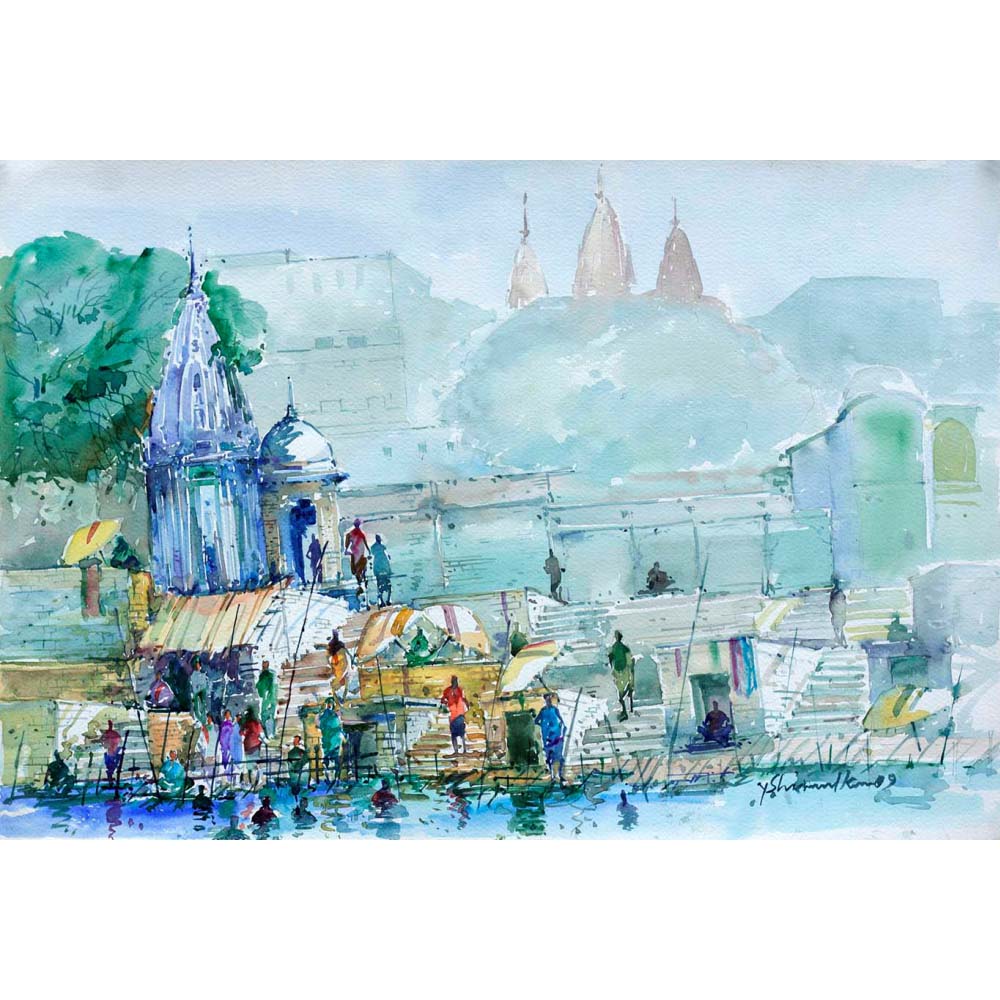
Yashwant Shirwadkar
Macro
A collector should divide the portfolio into three parts.
1. For the family collection.
Which should be passed on to the next generation and meant to enjoy over the years.
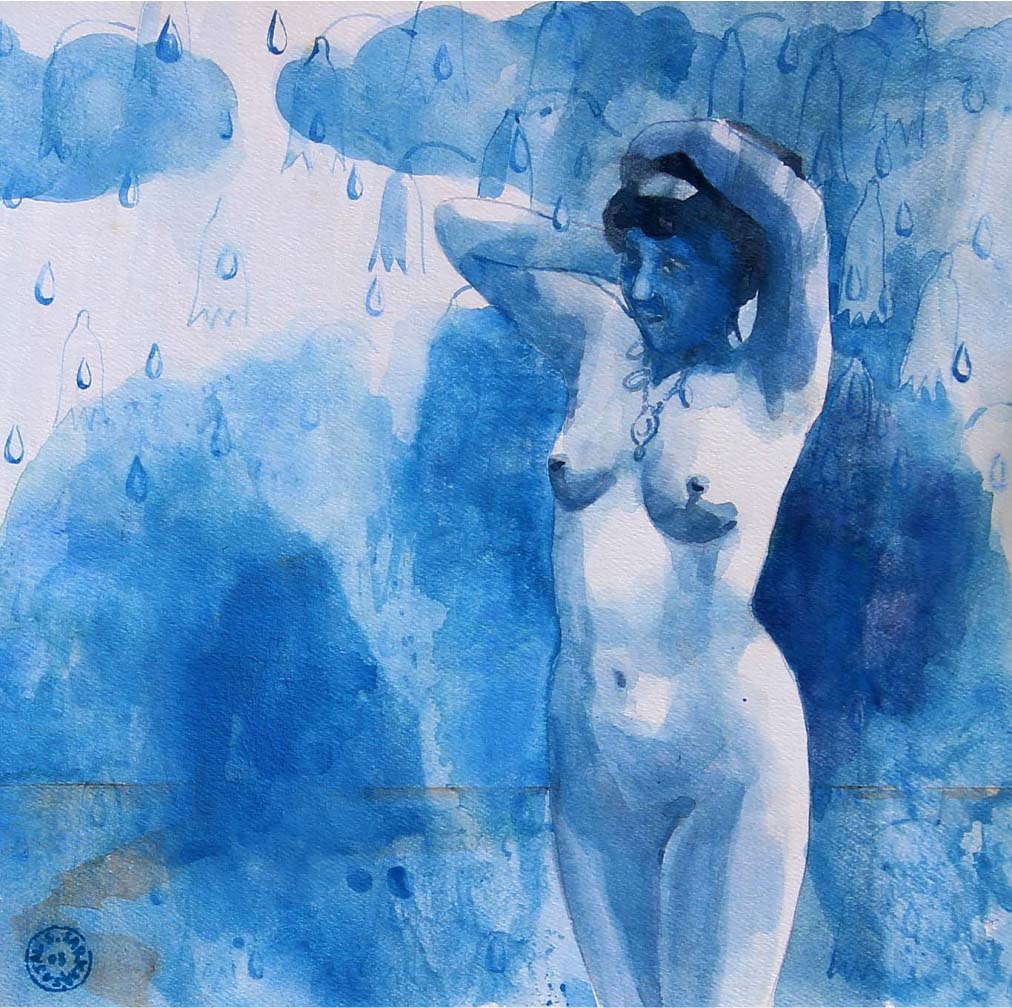
Sajal Sarkar
Macro
2. Simply because of the pleasure of collecting.
Passion about the work and that x factor which overpowers the value of name and price.

Haku Shah
Macro
3. Long term approach based on appreciation of art prices.
It depends a lot on the artist, size and subject. However, it would be simple on the basis of commercial angle to it.
By this way, the collector will have the clarity of his collection i.e. what needs to be preserved, what needs to be enjoyed and what is simply bought to keep the cycle of art investment running.
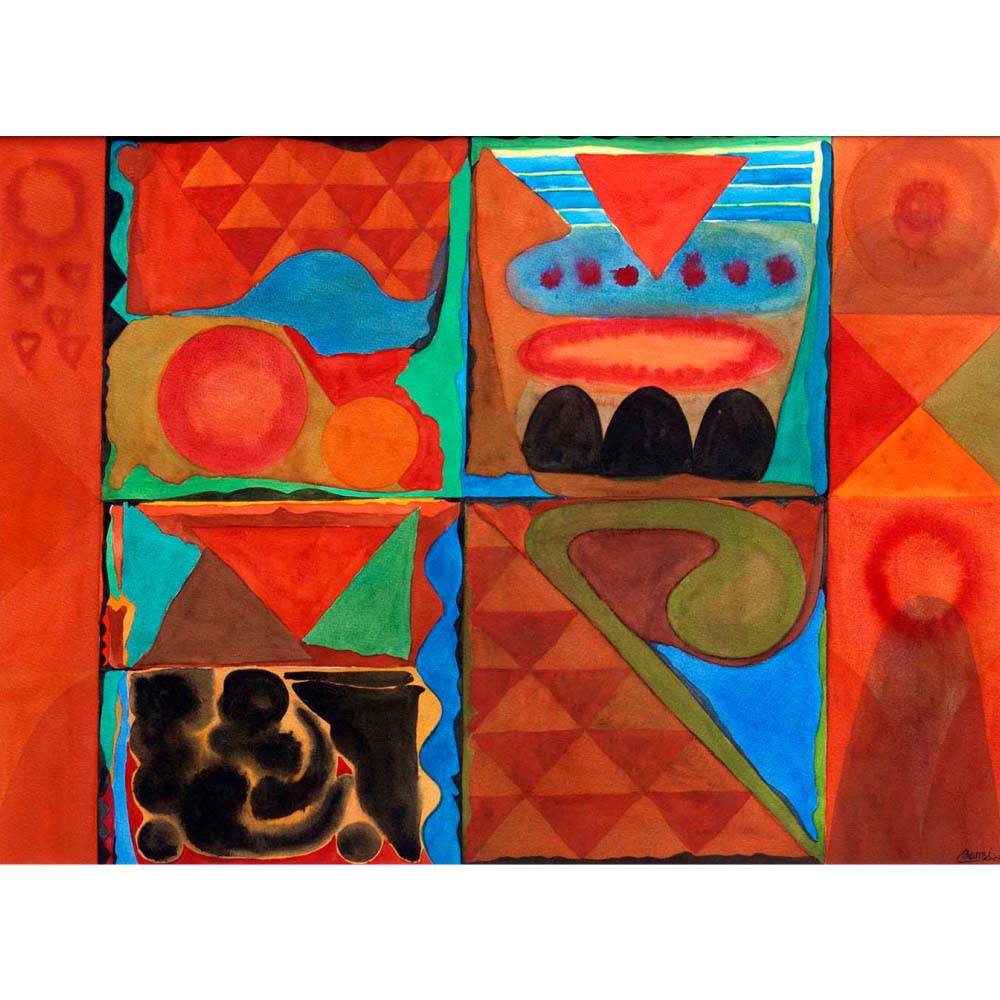
Bansi Khatri
Micro
1. Water and it’s proportion
Water is the most important aspect of this medium. The use of water decides the fate of the work. It is the proportion of water that decides the emotions and language of the artist. Hence, the artist needs to be careful with the water first and then with the colours. Here, the entire expression is depended on the water used.
The artist should know how to control the water and give it the same freedom to let the water control the artist. It is a give and take relationship between the artist and water. At times, the water reacts differently mixing with the paper and colour pigment. The artist has to be ready to face the situation and with the given condition on the surface has to act.
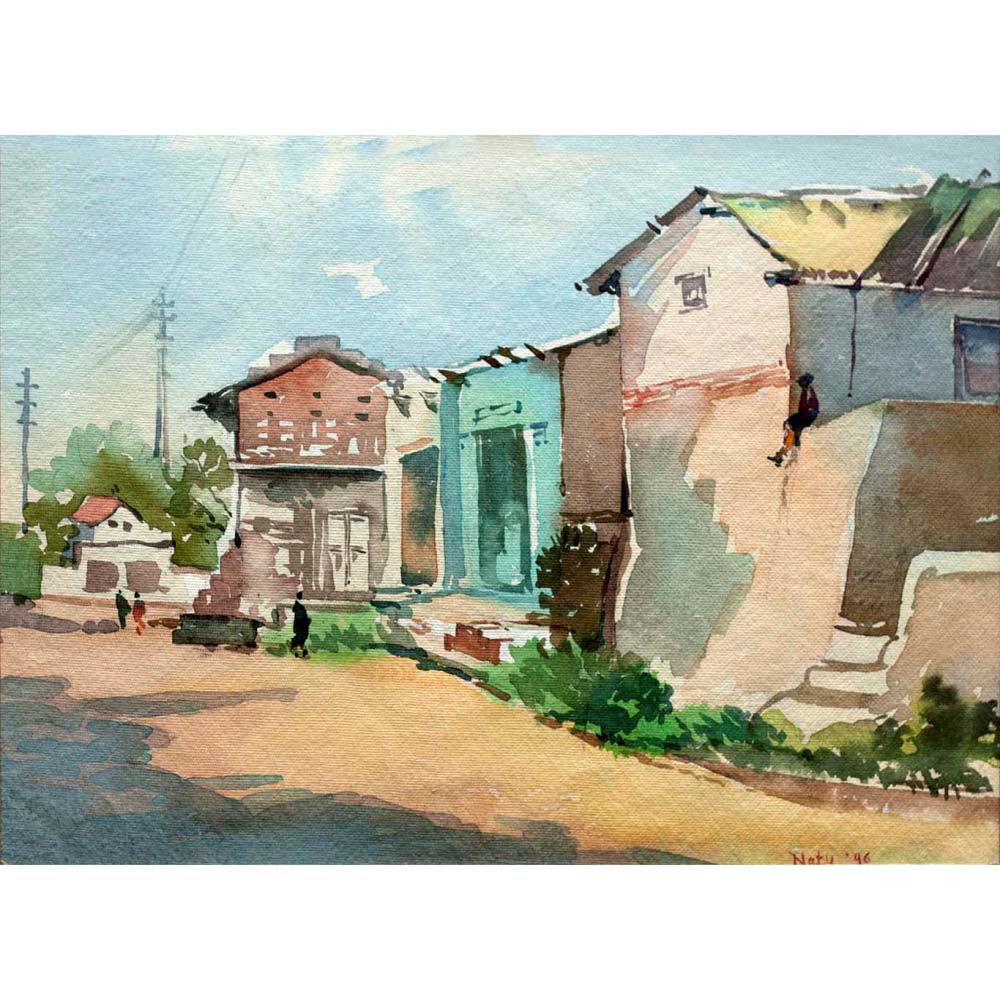
Natu Parikh
The most important thing while talking to artists is the only way to have mastered watercolour painting is to practice as much as one can. The flowing of water depends on the expertise of hand. How matured an artist is, depends on his skills and understanding of watercolour medium, which is a must to know for the collector.
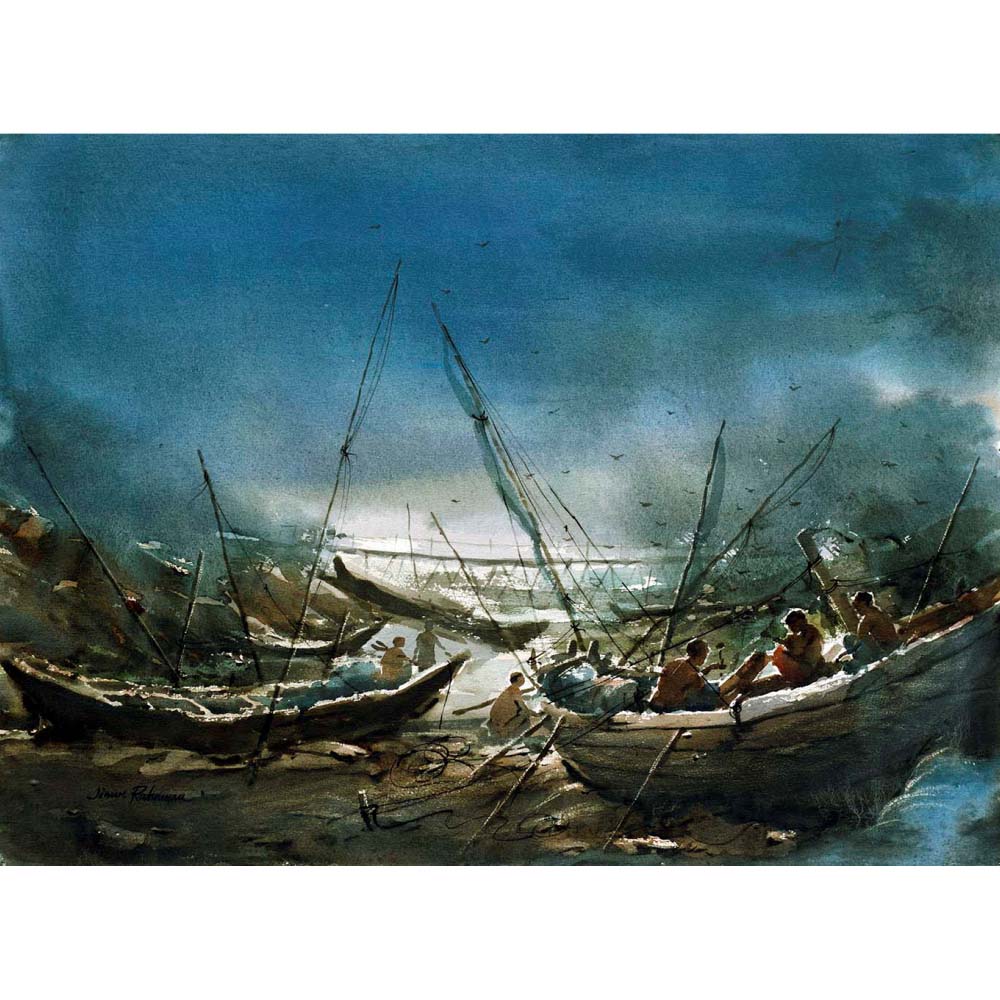
Jiaur Rehman
Micro
2. Variation of Colours
One of the basic and important characteristics of watercolour works is its glow, shine and transparency. A person expert in oils can create watercolours.
But, chances are it won’t create the same impact that a watercolourist expert can give. Formal art education is not important to be a painter. But, technical aspects like application of brush strokes, use of colours, colour mixing, aesthetics and understanding of perspective is very important.
For a collector, it is important to understand and then collect accordingly.
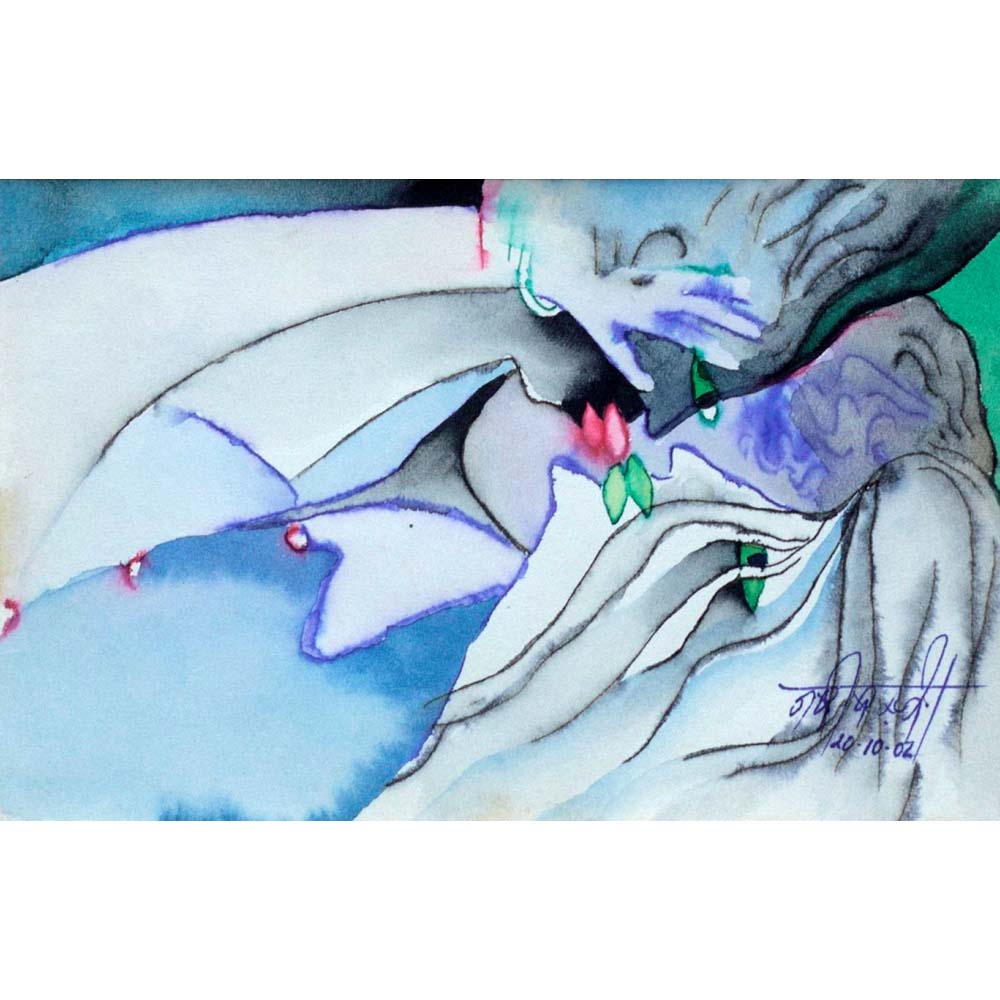
Nabibakhsh Mansoori
Another factor of watercolour is its unexpected behavior of mixing of colours. We don’t know the character of the paper and how colours and water will find its way and mix with another colour. This gives an extra edge to the beauty of watercolour. The watercolour has the ability to dissolve and delineate forms.
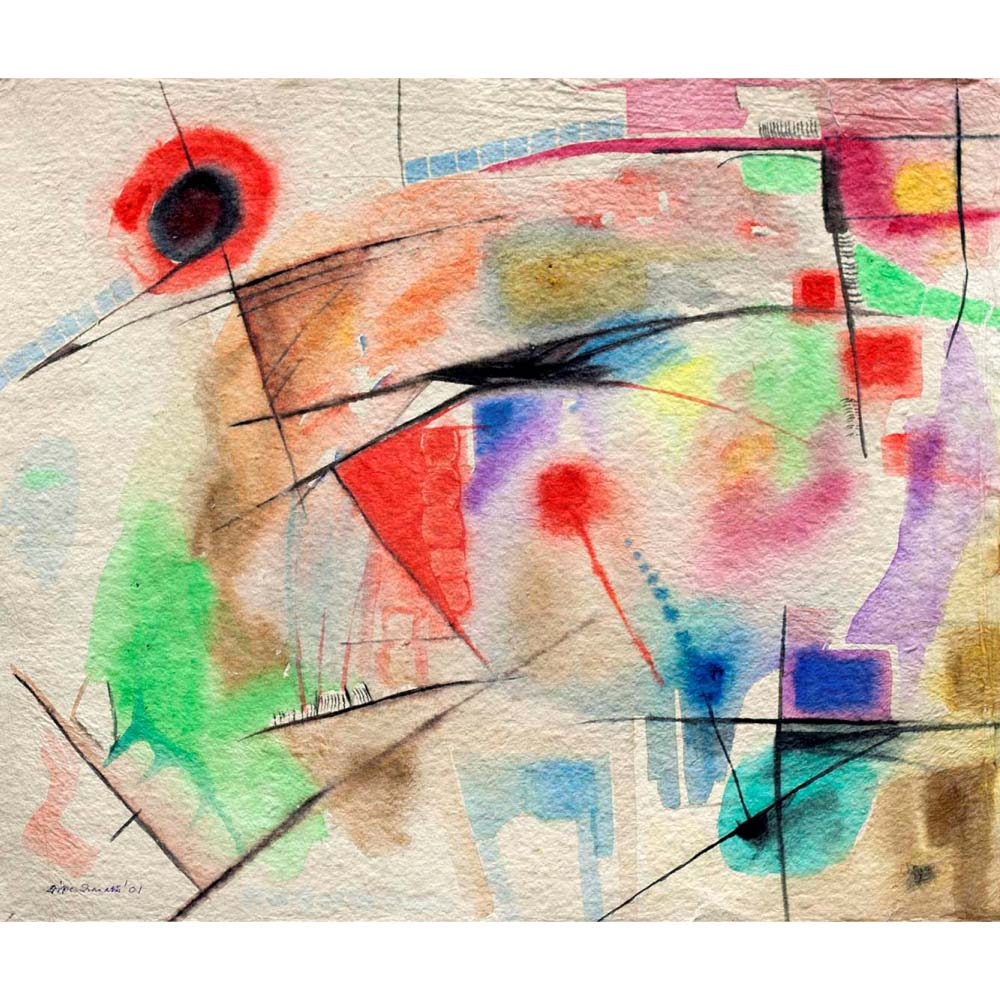
Dipendranath Pal
Micro
3. Transperancy
It is easy to keep the patches (opaque) in watercolours, oil or acrylic but the real expertise and beauty lies in transparent layer by layer. One of the most important qualities of watercolour works is to see how much transparency the artist can get in. The more transparent layers, the more beauty and expertise it encompasses.
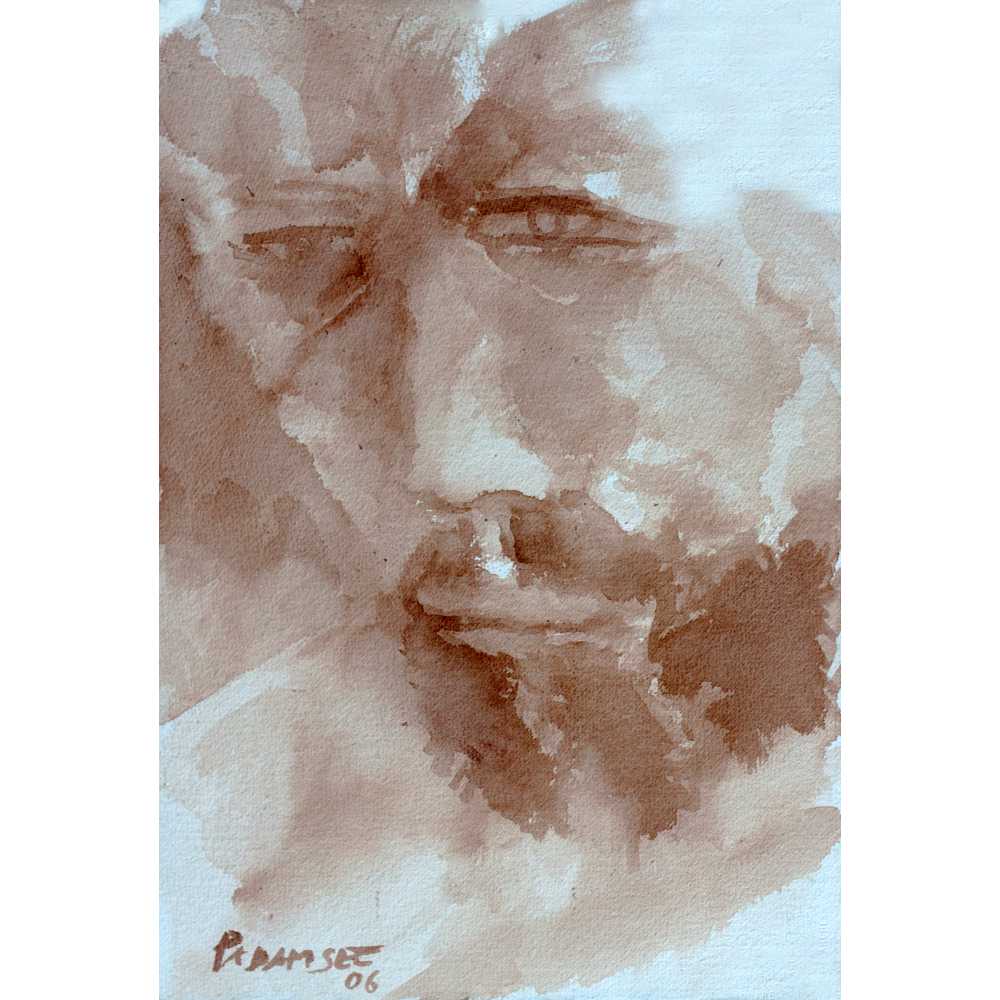
Akbar Padamsee
In this urgent tension of colours getting dry, the artist has to create interesting depth and texture from a medium known to be soft, smooth and transparent. This skill and expertise seen in a work needs to be collected.
Eg. Akbar padamsee – In this work with only one colour which has several tones, making him a master watercolour artist. One of the finest example on how to control colours, use of water and create general tones out of one colour and playing with layers.
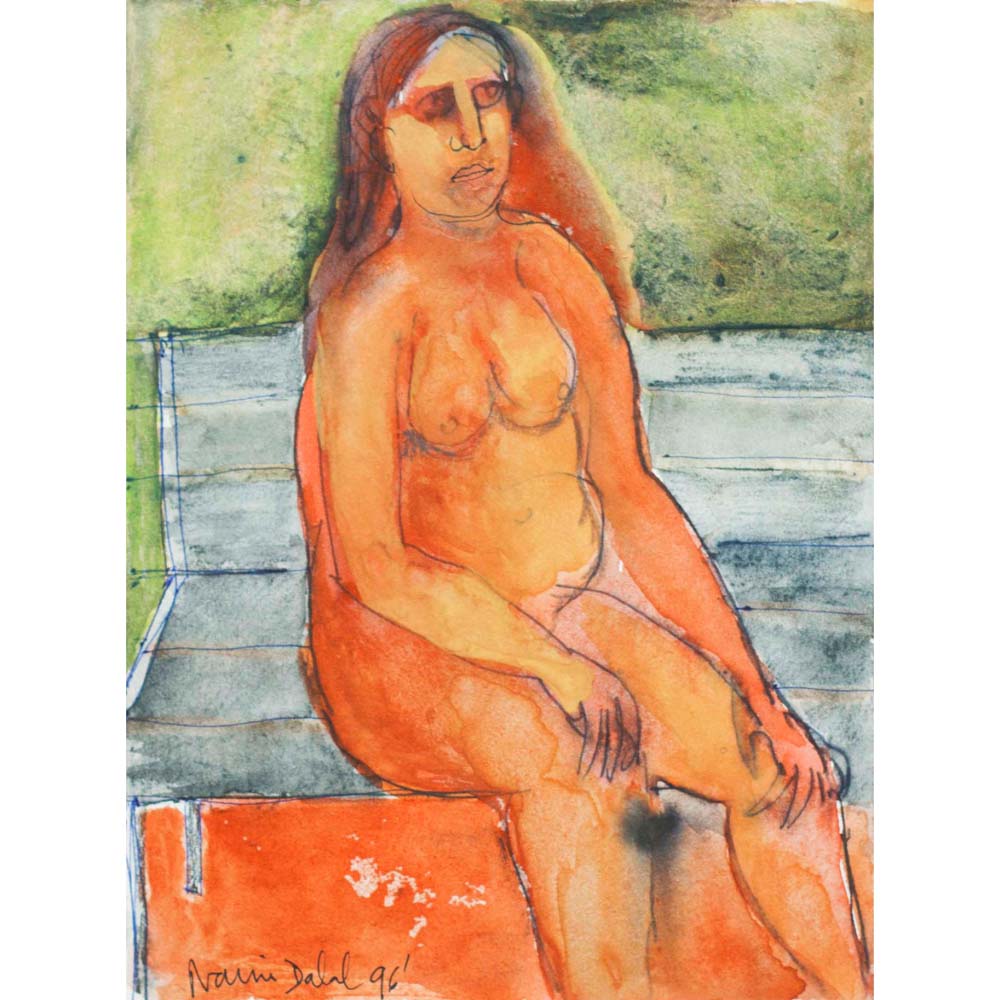
Naina Dalal
Micro
4. The brush strokes
A watercolour artwork can tell the confidence of an artist. Watercolour is the enemy of confused artists. They tend to damage the work at some stage or other because of the lack of ability to respond and take decisions in seconds while communicating with the medium. The joy of artist is seen in his brushwork, colours, and emotions giving a visual treat to the viewer.
At that particular time, an artist has to go ahead with what is in front of you. What you think is best and then take concern about the overall work, subject and process. Later on if magic is created it is the artist’s luck and in case of an error, you have to agree to it and move forward.
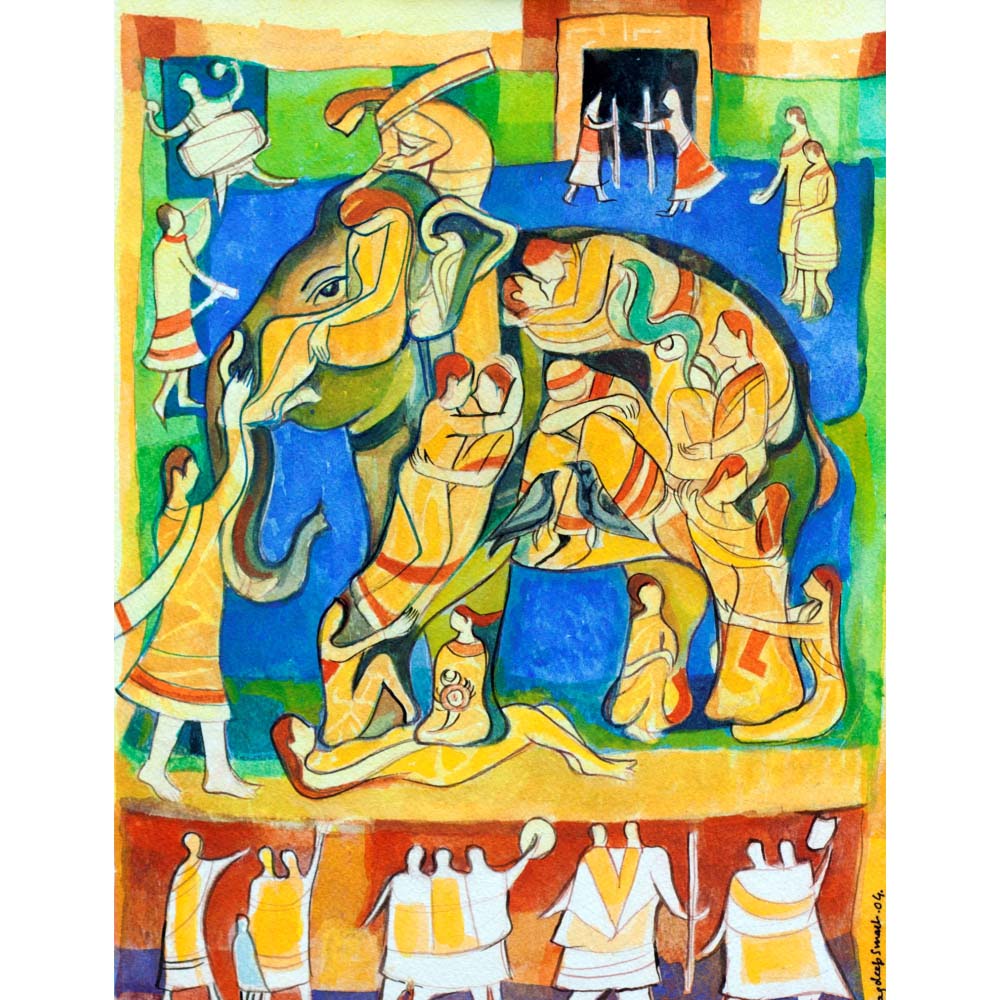
Jagdeep Smart
Micro
5. Technique
There are brilliant painters. Some as hobby paint nice works. But at times they are technically not skilled. It is not important to be so ultimately the art matters. But, being technically sound helps the work be more enhanced and rich. A technically sound artist can finish the portrait in 5 strokes, whereas the same thing can reach upto 20 strokes and 3 use of colours.
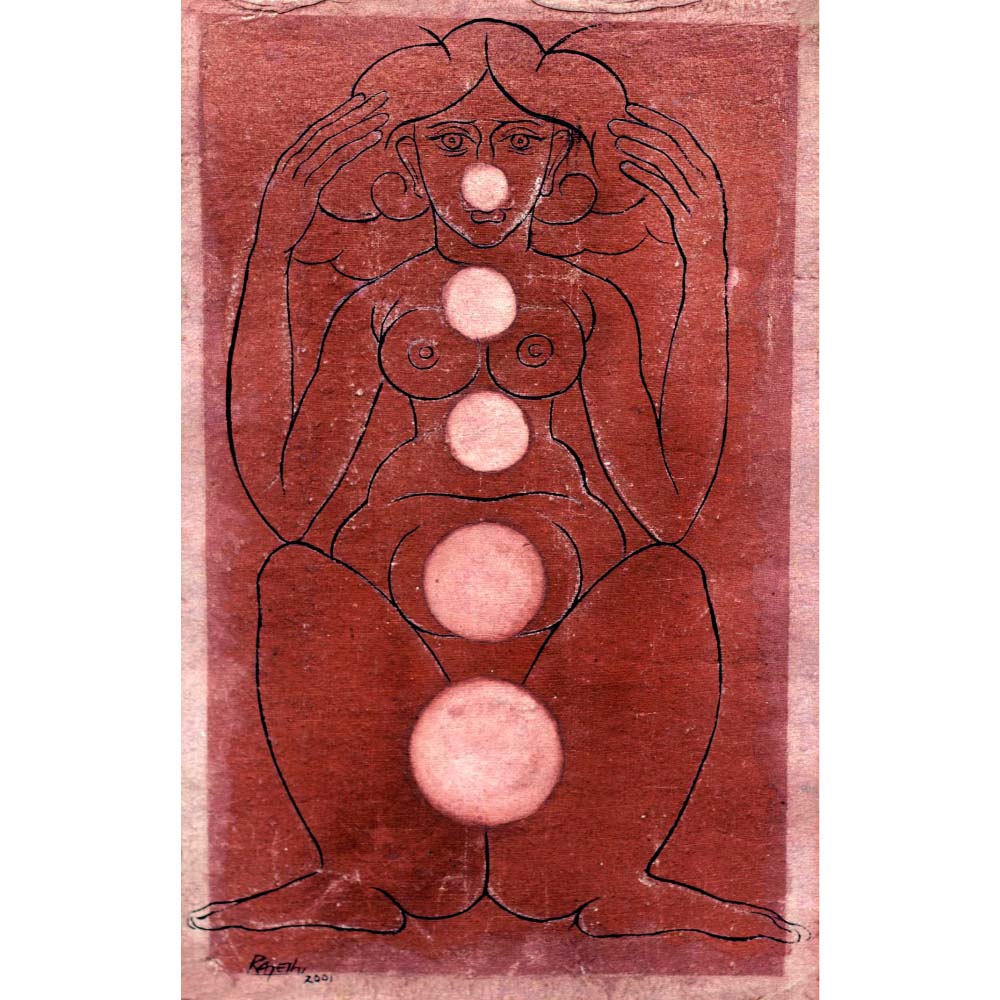
Rajesh Sagara
Micro
6. Paper used
Paper plays a significant part in shaping the final art. No matter how technically skilled the artist is, how beautifully he has used colours, the perfect proportion of water, the vibrant colours; it all matters only if the right paper is used for the right subject. Because that paper, the dots and texture of the paper can add interesting textural value to the work. If depending on the subject the artist has selected the papers it can give a wonderful result and half of the work of the artist is done by choosing the right paper. Quality of the paper and the GSM (Grams per square meter) also plays a vital role depending on the subject, technique and textures the artist wants to create.

Sajal Sarkar
Micro
7. Always collect different genres and styles
It is not only commercially safe play but also one is exposed to variation. By this one is exposed to various subjects, explore its meaning and discover different aspects to visual arts be it landscape, portraits, abstracts, nature or expressionism, pointillism. The beauty of visual art is to get exposed to different cultures, styles and emotions in the society, why stick to only one genre.
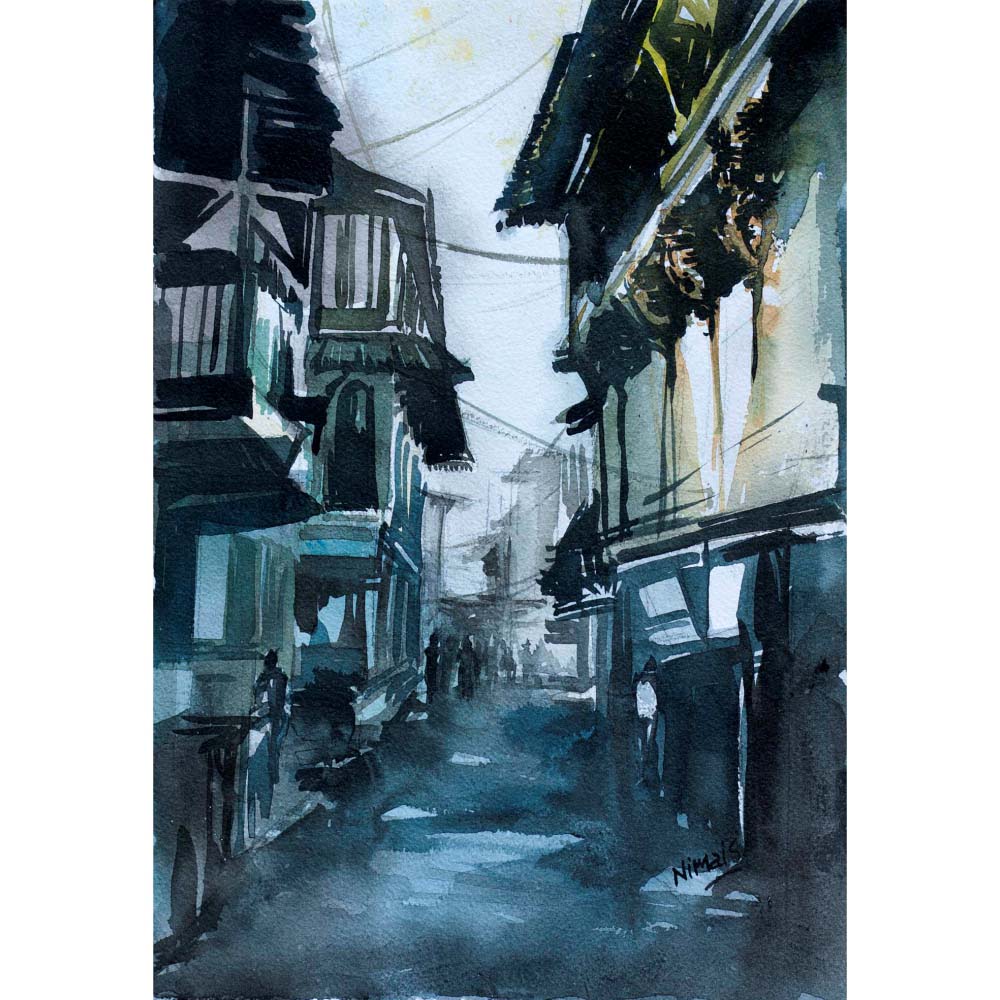
Nimai Saparay
Micro
8. Quality of the work will always overpower the name of the artist
There have been trends of signature of the artist overpowering the quality of his work. It tends to happen. But buying simply on the basis of an artist’s name is limiting yourself in every aspect. Quality speaks for itself. If the content – subject, style, technique is strong enough it will appreciate, look good on walls and has a universal appeal through generations.
Personally, I would prefer collecting either a famous series of a legendary artist or edgy experimentative work of a budding artist. Playing with extremes is more challenging and satisfying. Mediocrity shouldn’t have any place in the collection.
Disclaimer
In this blog, I have tried to share my personal experiences and knowledge gained over the years talking to and understanding artists, collectors, buyers, students and most importantly people who don’t have much interest in art and the watercolour medium. All of them have given me a different perspective in understanding this wonderful medium. It can be a quick guide for a students, novice collector or buyer who wants to start collecting watercolour artworks.


